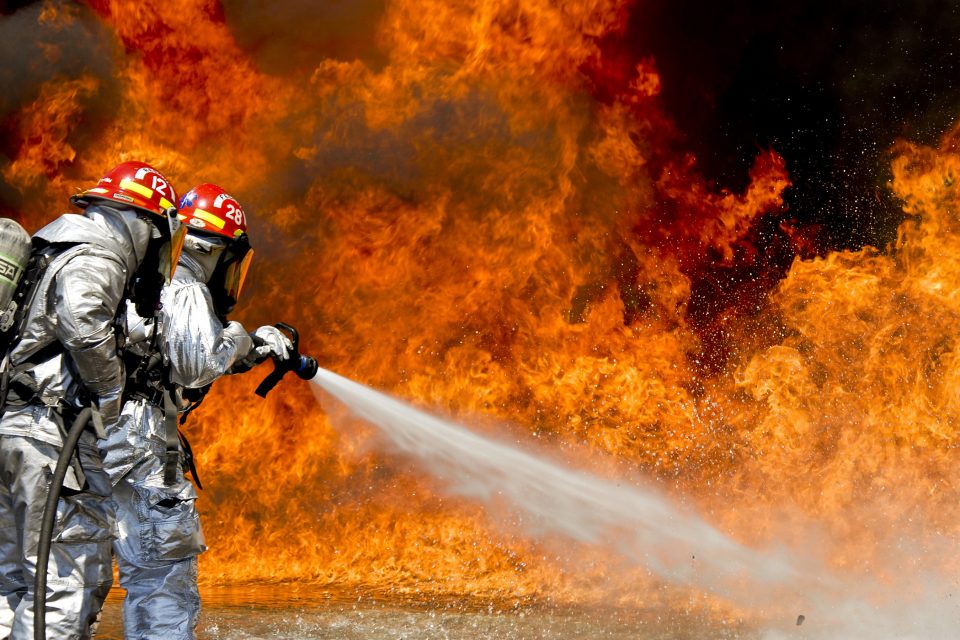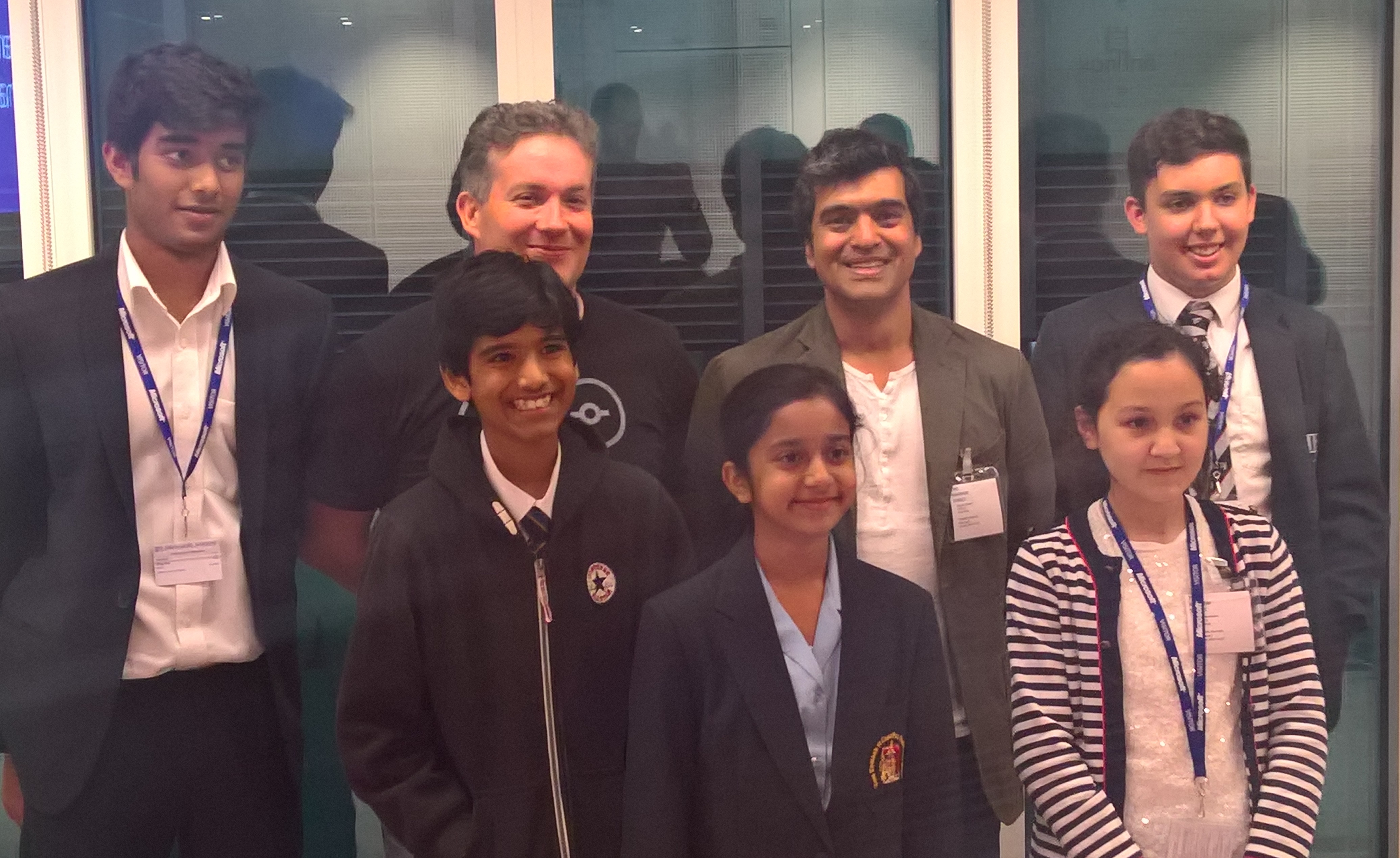A schoolgirl’s plan to use technology to tackle burglaries and house fires will be unveiled to tens of thousands of people after it won a place at a major science event in the UK.
The proposal was one of three that will be showcased by the Satellite Applications Catapult at New Scientist Live, at ExCeL London, this week following a Microsoft-sponsored competition to find the best way to capture information about the environment using a BBC micro:bit and a Nano Satellite.
Nanocop, developed by 11-year-old Mayuri Swaminathan and her father, would use the devices to alert households and the emergency services to fires and potential crimes.
A BBC micro:bit
The pair said their creation could utilise the BBC micro:bit’s heat sensor in the event of a fire, triggering an alarm if the temperature rises above 38 degrees Celsius, for example. It could then send that temperature reading, images from the Nano Satellite‘s camera and a floor plan of the building to the local fire brigade.
Nanocop could also regularly upload images of a home to a specified website so holidaymakers can check their property while they are away. The system would automatically compare the images to spot changes and signs of a burglary, alerting the owner if necessary.
Several devices could also be linked together to monitor local areas, in a similar way to CCTV.
Microsoft helped develop the Nano Satellite and the BBC micro:bit. The Nano Satellite is a small computer that can capture temperature and light data as well as take photos. The miro:bit is a pocket-sized computer given to every Year 7 pupil in the country in a bid to get youngsters involved in coding and technology. It has already been used to build watches, stepometers and musical instruments, and is a key part of the rocket car challenge, which was launched earlier this week.
Caring Eye, one of the other ideas to be displayed at New Scientist Live, would attach the Nano Satellite to a drone and use its infrared camera to monitor wildfire danger spots. Photos and coordinates could be sent to emergency services via an app if a blaze was discovered.
Twelve-year-old Lola Turakulova, who said the competition “changed my view of computing”, revealed that Caring Eye could also use the Nano Satellite’s motion detector to gather data on wildlife in gardens and parks across the country.
The entrants of the Microsoft-sponsored competition, including Mayuri Swaminathan (front, centre)
Light Globe, the final winning entry, showed how the micro:bit and Nano Satellite could be used to capture light data. This could be analysed by schoolchildren, who could learn how to display the information in an effective and visual way.
The idea was developed by 13-year-old Jonathan Tyler-Moore – who wrote the code for the working demonstration – his father Marcus, friend Femi Owolade, 10, and Femi’s mother Grace.
“Learning how to work with and learn from data in our connected world is an essential new skill. It’s fantastic to see not only the range of ideas coming from young people, but also how they are leveraging these new skills to build intelligent applications,” says Liam Kelly, General Manager of Microsoft’s Developer Experience team.
The Nano Satellite attached to a micro:bit
All three proposals will be on show on the Satellite Applications Catapult stand, which can be found on the Innovate UK booth at New Scientist Live. The event is attended by thousands of people between September 22 and 25 and will feature more than 100 of the world’s best scientists and inventors, including Professor Alice Roberts and British astronaut Tim Peake, as well as comedian Dara O Briain.
Microsoft will also be presenting its latest research projects with “Artificial Intelligence and the World of Minecraft” and “How to save planet Earth and fight poverty with data?” Visitors at the event will be able to view the sessions at the Technology and Earth stages to learn how advanced analytics can be used to solve traditional problems in human interaction and the environment.









